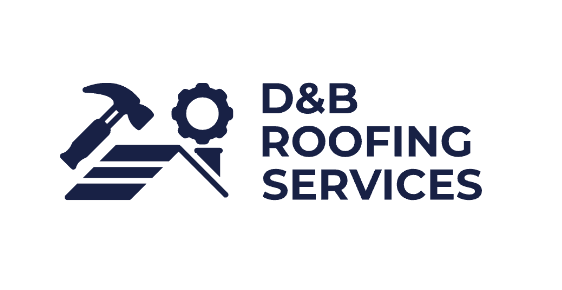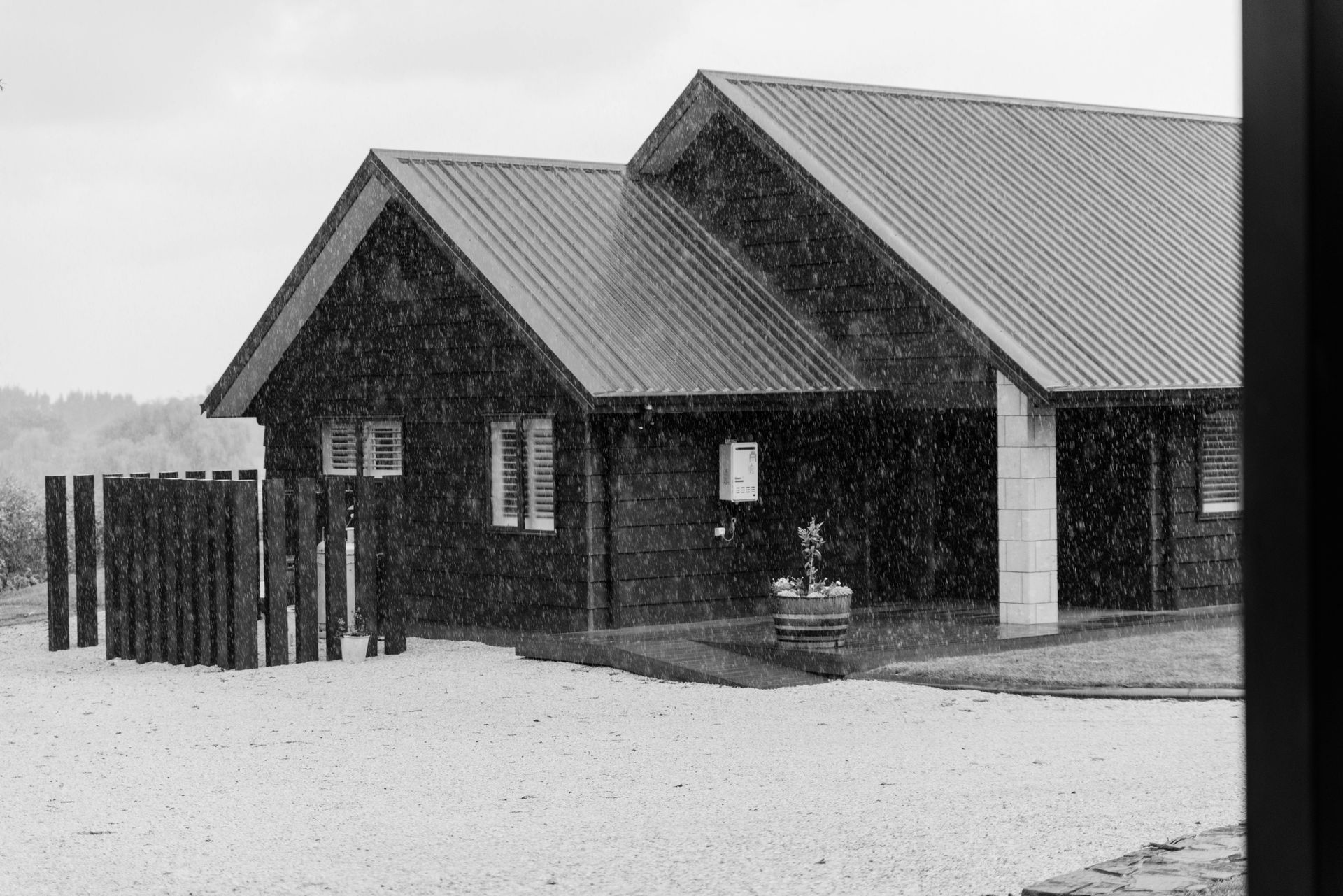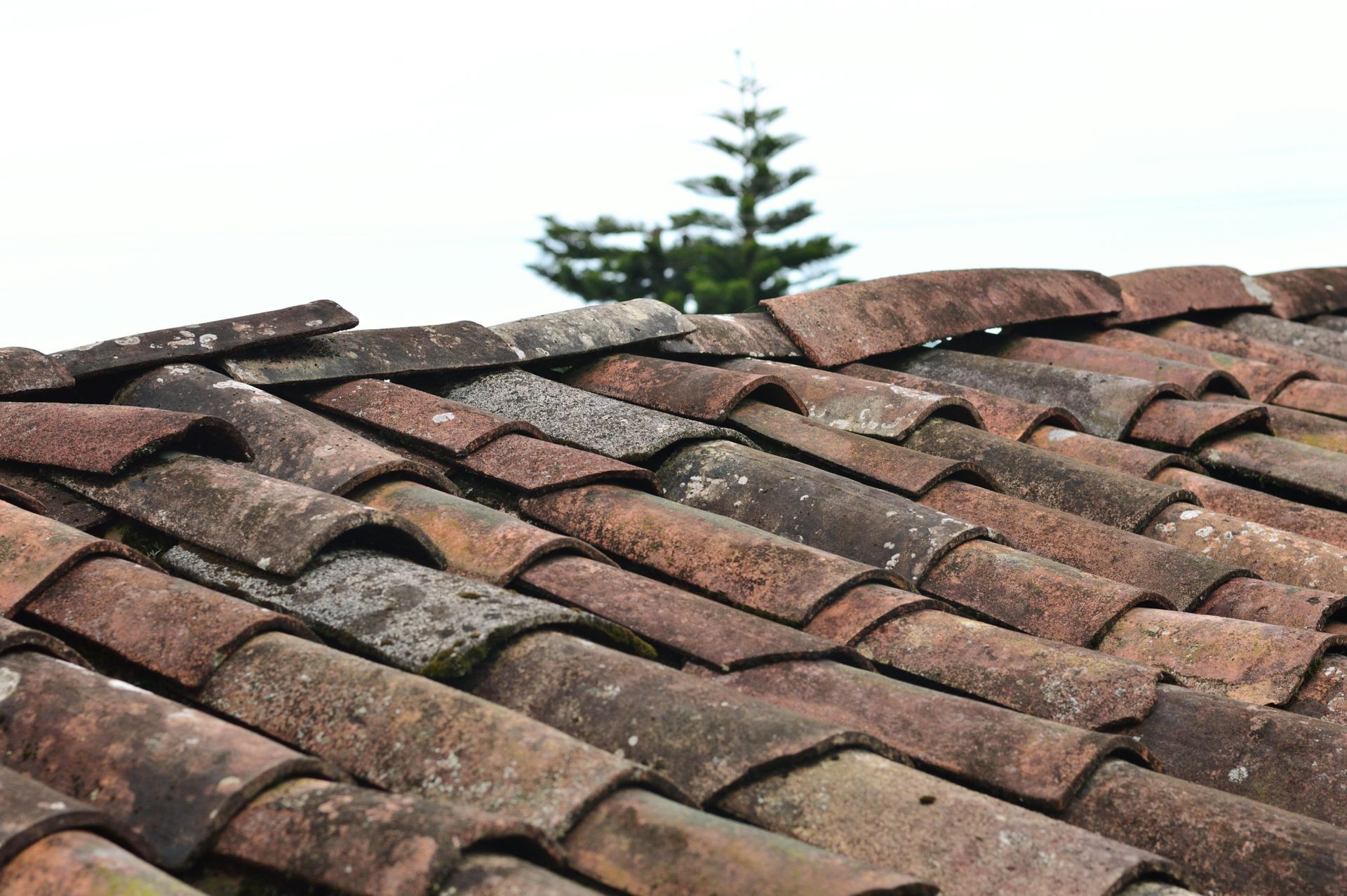What Storm Damage Looks Like on Your Roof in Virginia
Storms in Virginia can be fierce, bringing heavy rain, strong winds, and hail that test the durability of your home's roof. From hurricanes along the coast to thunderstorms in the Shenandoah Valley, these weather events can leave lasting damage that compromises your roof's integrity.
Understanding what storm damage looks like on your roof is crucial for homeowners in Virginia, where unpredictable weather is a fact of life. Early detection can prevent minor issues from escalating into costly repairs, saving you time and money. If you suspect damage, professional roof repairs can help restore your home’s safety and value. Whether you live near the coast, in the mountains, or in the suburbs, knowing your local service areas ensures you can quickly find trusted help after severe weather. This article explores the types of storm damage common to Virginia roofs, how to identify them, and steps to take for protection and repair. Below are key takeaways to guide you in recognizing and addressing roof damage effectively.
Key Takeaways
- Shingle Damage: Missing, cracked, or curled shingles are common signs of storm impact.
- Leaks and Water Stains: Water intrusion often appears as stains on ceilings or walls.
- Hail Impact: Dents or bruises on shingles indicate hail damage, reducing roof lifespan.
- Debris Impact: Fallen branches or debris can puncture or weaken roofing materials.
- Gutter Issues: Clogged or damaged gutters can worsen roof damage during storms.
- Prompt Inspection: Regular checks after storms can catch issues before they escalate.
Types of Storm Damage on Virginia Roofs
Virginia's diverse climate, from humid coastal regions to cooler mountainous areas, exposes roofs to various storm-related threats. Understanding these damage types helps homeowners act quickly to mitigate risks.
Wind Damage
High winds, common during Virginia's thunderstorms and occasional hurricanes, can wreak havoc on roofs. Winds exceeding 50 mph can lift shingles, exposing the underlayment and allowing water to seep in. In severe cases, entire sections of roofing material may be torn away. Look for:
- Missing Shingles: Bare patches where shingles have been blown off.
- Curling or Peeling: Shingles that are lifted or folded back.
- Debris Accumulation: Tree limbs or other objects lodged on the roof.
For homeowners considering upgrades, reviewing a Virginia roofing materials comparison can help in choosing materials that better withstand high winds.
Hail Damage
Hailstorms, though less frequent, are a significant concern in Virginia, particularly in spring and summer. Hailstones, even as small as a quarter, can cause substantial damage. Signs include:
- Bruising: Soft spots or dark marks on shingles where granules are dislodged.
- Cracks: Splits in shingles that weaken their protective layer.
- Granule Loss: Excessive granules in gutters or around your property, indicating wear.
Rain and Water Damage
Heavy rainfall, especially during prolonged storms, can exploit existing roof vulnerabilities. Virginia's wet seasons test the waterproofing of roofs, leading to:
- Leaks: Water stains on interior ceilings or walls, often brown or yellowish.
- Flashing Damage: Cracked or loose metal around chimneys, vents, or skylights.
- Pooled Water: Flat or low-slope roofs may collect water, leading to deterioration.
Addressing these issues early can prevent them from becoming one of the common roof repairs homeowners need.
Debris and Structural Damage
Falling branches, leaves, and other debris carried by storm winds can physically harm your roof. In Virginia, where trees are abundant, this is a common issue. Look for:
- Punctures: Holes or tears caused by heavy branches.
- Scratches or Abrasions: Surface damage that weakens shingles or tiles.
- Clogged Gutters: Debris buildup that prevents proper drainage, causing overflow.
| Damage Type | Common Signs | Potential Impact |
|---|---|---|
| Wind Damage | Missing or curled shingles | Leaks, exposed underlayment |
| Hail Damage | Bruised or cracked shingles | Reduced roof lifespan |
| Rain Damage | Water stains, damaged flashing | Mold, structural weakening |
| Debris Damage | Punctures, clogged gutters | Roof tears, water pooling |
How to Spot Storm Damage
Identifying storm damage early is essential to prevent minor issues from becoming major repairs. After a storm, conduct a visual inspection from the ground or hire a professional for a thorough check.
Exterior Inspection
Start by examining your roof from a safe vantage point, such as the ground with binoculars or a drone if available. Learning about small roofing repairs to watch can help you catch issues before they worsen. Look for:
- Shingle Condition: Check for missing, cracked, or displaced shingles.
- Granule Loss: Piles of granules in gutters or on the ground.
- Flashing and Vents: Inspect for bent or loose metal around roof penetrations.
- Gutters and Downspouts: Ensure they are intact and free of debris.
Interior Inspection
Inside your home, signs of roof damage may be subtle but critical. Check:
- Ceilings and Walls: Look for water stains, discoloration, or peeling paint.
- Attic: Inspect for wet insulation, mold, or daylight visible through the roof.
- Odors: Musty smells can indicate water intrusion or mold growth.
When to Call a Professional
If you notice any of these signs or are unsure about your roof's condition, contact a licensed roofing contractor. Professionals have the tools and expertise to assess damage safely, especially on steep or high roofs. In Virginia, where storms can be unpredictable, prompt action is key. If a major weather event strikes, knowing how to find emergency roof repair near you can prevent further damage.
Factors That Worsen Storm Damage in Virginia
Several factors unique to Virginia can amplify storm damage, making proactive maintenance essential.
Climate and Weather Patterns
Virginia's mix of humid subtropical and continental climates means roofs face a range of challenges. Coastal areas deal with hurricane-force winds and salt corrosion, while inland regions experience heavy snow or ice in winter. These conditions accelerate wear on roofing materials.
Roof Age and Material
Older roofs or those made with lower-quality materials are more susceptible to damage. Asphalt shingles, common in Virginia, typically last 20-30 years, but storms can shorten their lifespan. Upgrading to durable options, such as those covered in a metal roof panel sizes guide, can improve resilience.
Tree Proximity
Virginia's lush landscapes mean many homes are surrounded by trees. While scenic, this increases the risk of falling branches during storms. Trimming trees near your home can reduce this threat.
Poor Maintenance
Neglecting routine upkeep, like cleaning gutters or inspecting for wear, can exacerbate storm damage. Clogged gutters, for instance, cause water to back up, damaging the roof's edge and fascia.
Steps to Protect Your Roof from Future Storms
Preventing or minimizing storm damage requires preparation and maintenance. Here are practical steps for Virginia homeowners:
Regular Inspections
Schedule annual roof inspections, ideally before storm season (spring and fall in Virginia). A professional can identify weak spots, such as loose shingles or damaged flashing, before they worsen.
Reinforce Roofing Materials
Consider upgrading to impact-resistant shingles or metal roofing, which are more durable against hail and wind. For older roofs, understanding when to replace your roof helps ensure your home stays protected.
Maintain Gutters and Drainage
Clean gutters regularly to ensure proper water flow. Install gutter guards to reduce debris buildup, especially in wooded areas.
Trim Trees
Keep trees trimmed to prevent branches from falling onto your roof during storms. A professional arborist can help assess tree health and proximity.
Emergency Preparedness
After a storm, document any visible damage with photos for insurance claims. Keep a list of reputable local contractors for quick repairs.
Frequently Asked Questions
How do I know if my roof has storm damage?
Look for missing or cracked shingles, water stains on ceilings, or granule buildup in gutters. A professional inspection can confirm damage.
Should I inspect my roof myself after a storm?
You can do a visual check from the ground, but avoid climbing onto the roof. Hire a professional for safety and thoroughness.
Does homeowners insurance cover storm damage in Virginia?
Most policies cover storm-related damage, but coverage varies. Check your policy and document damage for claims.
How often should I inspect my roof in Virginia?
Inspect your roof annually and after major storms. Regular checks catch issues early, especially in Virginia's variable climate.
Can small roof damage worsen over time?
Yes, minor issues like cracked shingles or small leaks can lead to major problems, such as mold or structural damage, if ignored.
Final Thoughts
Storm damage on your roof in Virginia can range from subtle shingle bruising to obvious leaks, but all require attention to prevent costly repairs. By understanding the signs—missing shingles, water stains, or debris impact—you can act swiftly to protect your home. Regular maintenance, such as cleaning gutters and trimming trees, combined with prompt inspections after storms, keeps your roof resilient. Virginia's unpredictable weather demands vigilance, so prioritize annual checkups and consider durable roofing materials for long-term protection. If you suspect damage,
contact us to have a professional ensure your home stays safe and secure.


